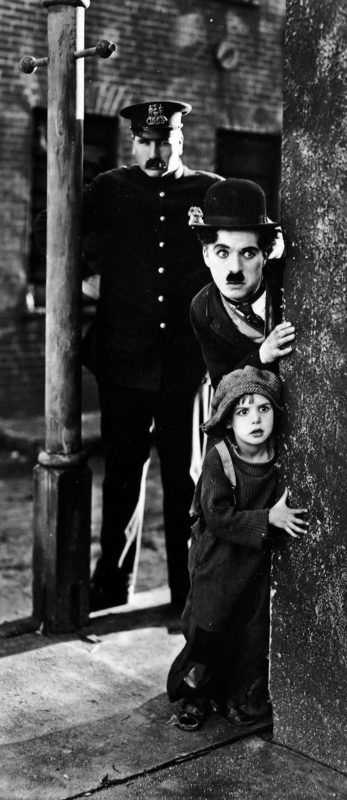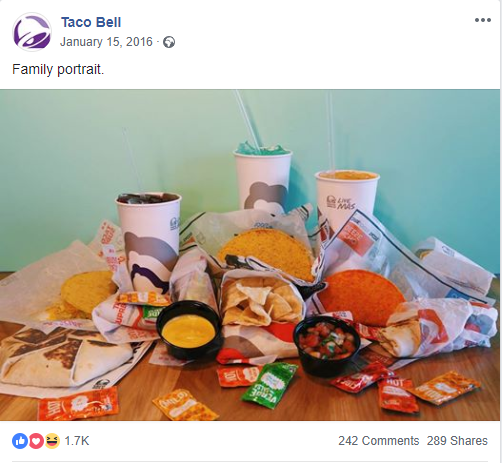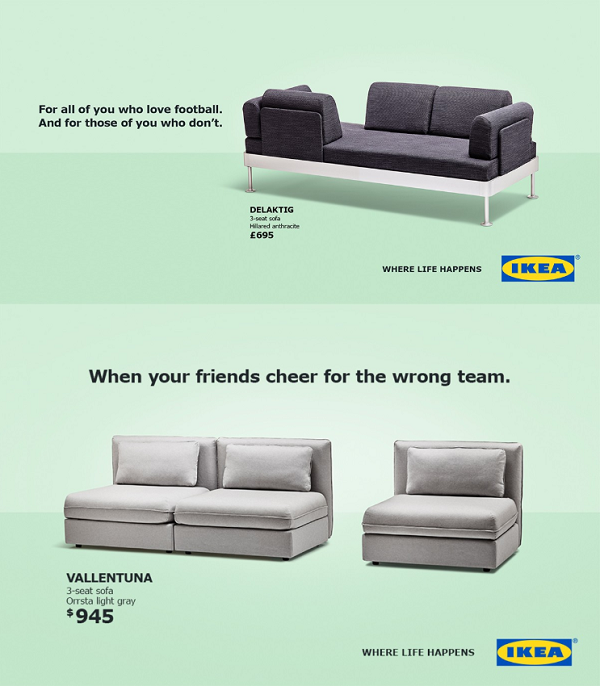
The Art of Humor in Marketing: Why marketers should not be afraid of humor
“Dying is easy. Comedy is hard.” ~ Edmund Kean
Laughter is considered to be one of the most engaging ways to stimulate connection between people. Yet in marketing, the power of humor is usually seen as a double-edged sword and marketers seem to be skeptic about using humor in their marketing endeavors.
Still, let’s have a look at some successful examples of humor used in marketing and elaborate on why the art of humor is important for building a memorable brand identity. The aim is to stimulate marketers to make and take the most of humor in their future campaigns.
But first, what makes something funny?
It is almost impossible not to begin with E. B. White’s famous quote: “Analyzing humor is like dissecting a frog. Few people are interested and the frog dies of it.”
Knowing that dissecting humor may actually kill the thing that is supposed to be funny, for the purpose of this article, let’s take a look at the obligatory elements that make something funny.
Here is the formula: imitate reality but add one of the following – ambiguity, a paradox, a contradiction, a misleading (or unexpected) ending and a surprise factor!
Be bold and be creative, for when it comes to humor – the possibilities are endless.
How is this applicable to marketing?
The best way to see is through examples. Let’s have a look at some examples from different channels: some social media posts, a few videos, and humorous job ads.
First: Taco Bell. Their “family portrait” is a perfect example of an unexpected connection between a text and its image which is where the humor comes from. The discrepancy between what is said and what is expected to be seen on the picture creates the humorous effect. And the almost passive-aggressive dot at the end of the text only adds to the intensity.

Next: Ikea. The renowned brand created special posters for the 2018 World Cup in which they matched their products with the football euphoria. By doing so, they engage with their customers much more easily because they used the hype for the event to promote their products.

The following example shows how humor can be used for recruiting purposes as well. Here is one from Zendesk. What did they do? Took a well-known song and made a variation of it. Here, the surprise factor is the key! It immediately grabs the readers’ attention and makes them get to the end as soon as possible. Plus, it rhymes, and thus it becomes more easily memorable.

Let’s continue with two marketing videos that have gone viral and send a message in a humorous and engaging way. Since videos have become the most engaging type of content, consider humorous videos that will keep customers curious and eager for more.
The first one is from Dollar Shave Club, a video that promotes $1 razors. The ad is filled with misleading and unexpected twists. It is dynamic and reaches its humorous effect through contradictions between what is being said and done. The video has over 25m views on YouTube.
If we let the numbers speak for themselves, the next video that has over 170m views clearly indicates that humor and marketing may be a match made in heaven. It is a song by Metro that aims to raise awareness for safety around trains. Not only it is memorable because it is rhythmic and colorful but it also uses humor to show how people can die in such absurd ways. And it is funny because it is absurd. The song was so successful that they launched a mobile game as well.
With everything being said, the real question is:
Why add humor to your marketing endeavors?
Humor will most definitely help you engage (with) your audience! It triggers positive emotions and helps you make your brand more easily memorable. It will make you more, let’s say, “followable”. Get your message across in a universal language – and laughter is the most universal of them all. You may be surprised by the amount of emotional response you can get.
So unleash your creativity and make ‘em laugh!
But before you do, there are a few questions you should always have an answer for.
Something to consider:
- Is my message clear and straightforward?
- Will humor get my message across?
- Is my target audience clearly defined?
- Will it cause frustration to those that will not get it?
- Is now the right timing?
- Will someone get offended?
If you can answer all of these questions, then you are on the right track!
And remember: A good humor comes naturally, so if it feels natural, it is right.